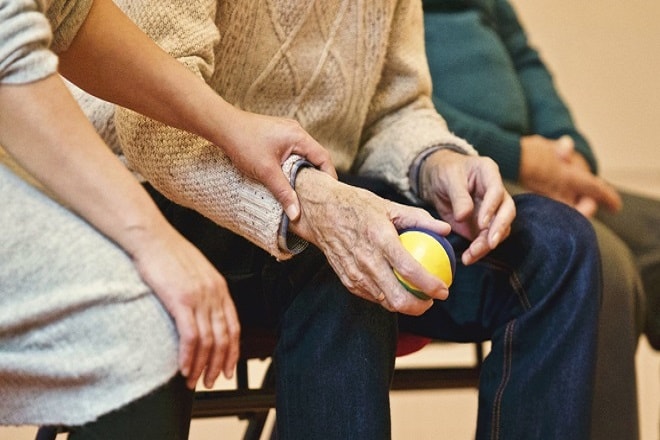Osteoporosis Treatment: Exercise and Balance for Seniors
Osteoporosis is a condition that affects millions of seniors worldwide, causing bones to become weak and brittle. While medication plays a crucial role in managing the disease, exercise and physical activity are equally important components of an effective osteoporosis treatment plan. This article explores how seniors can incorporate exercise, particularly walking and balance training, into their daily routines to improve bone health and reduce the risk of fractures.

What types of exercises are recommended for seniors with osteoporosis?
For seniors with osteoporosis, a well-rounded exercise program should include a combination of weight-bearing, resistance, and balance exercises. Walking is an excellent weight-bearing exercise that is low-impact and easily accessible for most seniors. Resistance exercises using bands or light weights can help strengthen muscles that support bones. Balance exercises, such as tai chi or simple standing poses, can significantly reduce the risk of falls. It’s crucial to consult with a healthcare professional before starting any new exercise regimen to ensure safety and appropriateness.
How can seniors incorporate walking into their osteoporosis treatment plan?
Walking is one of the most beneficial exercises for seniors with osteoporosis. It’s a low-impact activity that can be easily integrated into daily life. Seniors should aim for at least 30 minutes of brisk walking most days of the week. This can be broken up into shorter sessions throughout the day if needed. Starting with shorter walks and gradually increasing duration and intensity is advisable. Walking outdoors on varied terrain can provide additional benefits by challenging balance and coordination.
What balance exercises are effective for seniors with osteoporosis?
Balance exercises are crucial for seniors with osteoporosis as they help prevent falls, a major cause of fractures. Simple balance exercises can be performed at home, such as standing on one foot while holding onto a chair for support, walking heel-to-toe in a straight line, or practicing sit-to-stand movements from a chair. More advanced balance exercises might include tai chi or gentle yoga classes specifically designed for seniors. Consistent practice of these exercises can significantly improve stability and reduce the risk of falls.
How often should seniors exercise for osteoporosis treatment?
For optimal benefits in osteoporosis treatment, seniors should aim to exercise regularly. The World Health Organization recommends that adults aged 65 and above should do at least 150 minutes of moderate-intensity aerobic physical activity or 75 minutes of vigorous-intensity aerobic physical activity throughout the week. This should be combined with muscle-strengthening activities involving major muscle groups on two or more days a week. Balance exercises should be performed at least three days a week. It’s important to start slowly and gradually increase the duration and intensity of exercise over time.
What precautions should seniors take when exercising with osteoporosis?
While exercise is beneficial for osteoporosis treatment, seniors should take certain precautions to ensure safety. It’s crucial to avoid high-impact activities or exercises that involve twisting or bending from the waist, as these can increase the risk of fractures. Seniors should focus on maintaining good posture during all activities and avoid movements that round the spine. Using proper form and technique is essential, and working with a physical therapist or certified fitness instructor experienced in osteoporosis management can be helpful. Seniors should also wear comfortable, supportive shoes and exercise on non-slip surfaces to prevent falls.
Incorporating regular exercise, particularly walking and balance training, into an osteoporosis treatment plan can significantly improve bone health and quality of life for seniors. By focusing on safe, low-impact activities and gradually increasing intensity, seniors can enjoy the numerous benefits of exercise while managing their osteoporosis effectively. Remember, it’s never too late to start an exercise program, and even small increases in physical activity can lead to substantial improvements in bone health and overall well-being.
This article is for informational purposes only and should not be considered medical advice. Please consult a qualified healthcare professional for personalized guidance and treatment.






